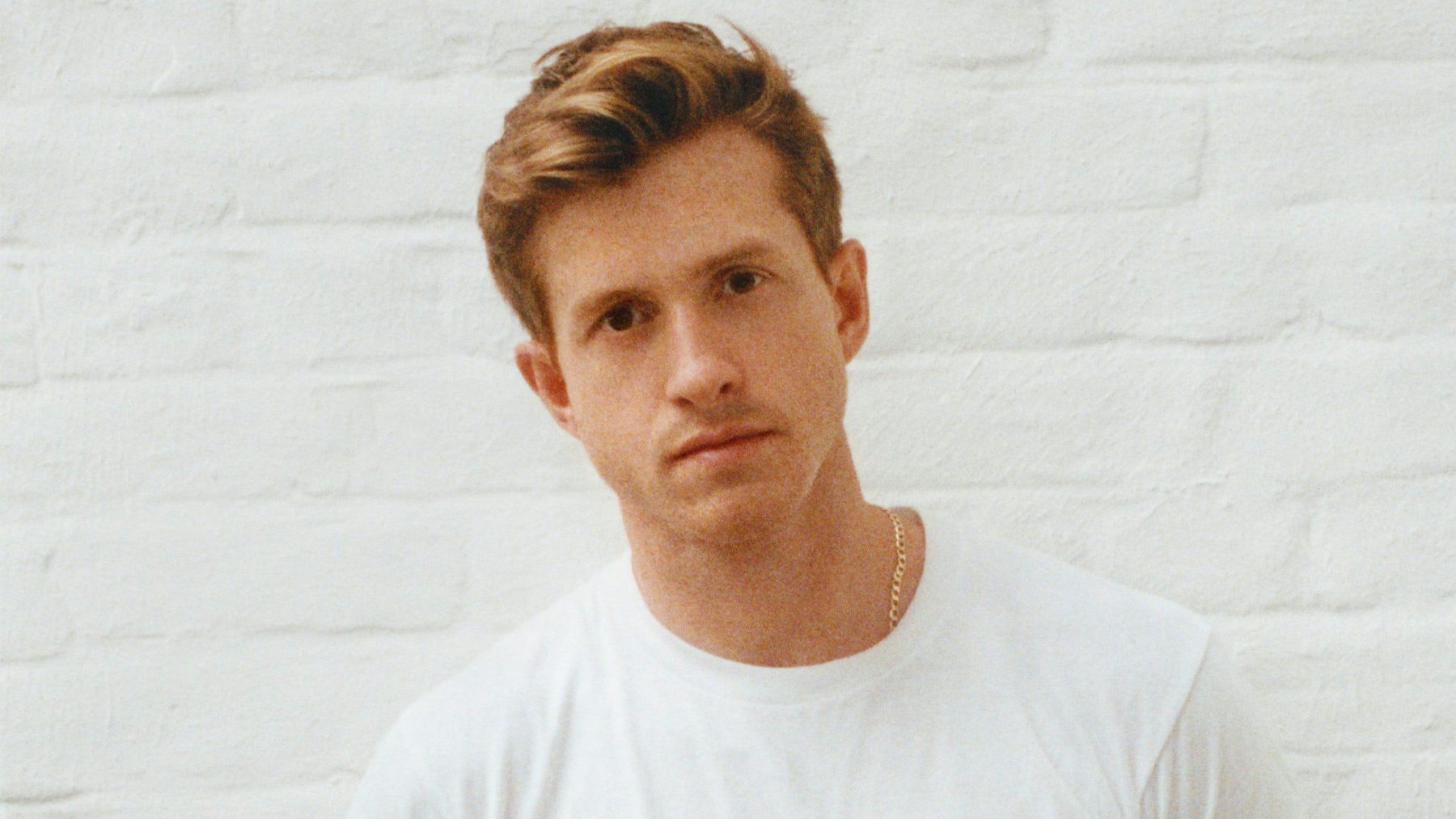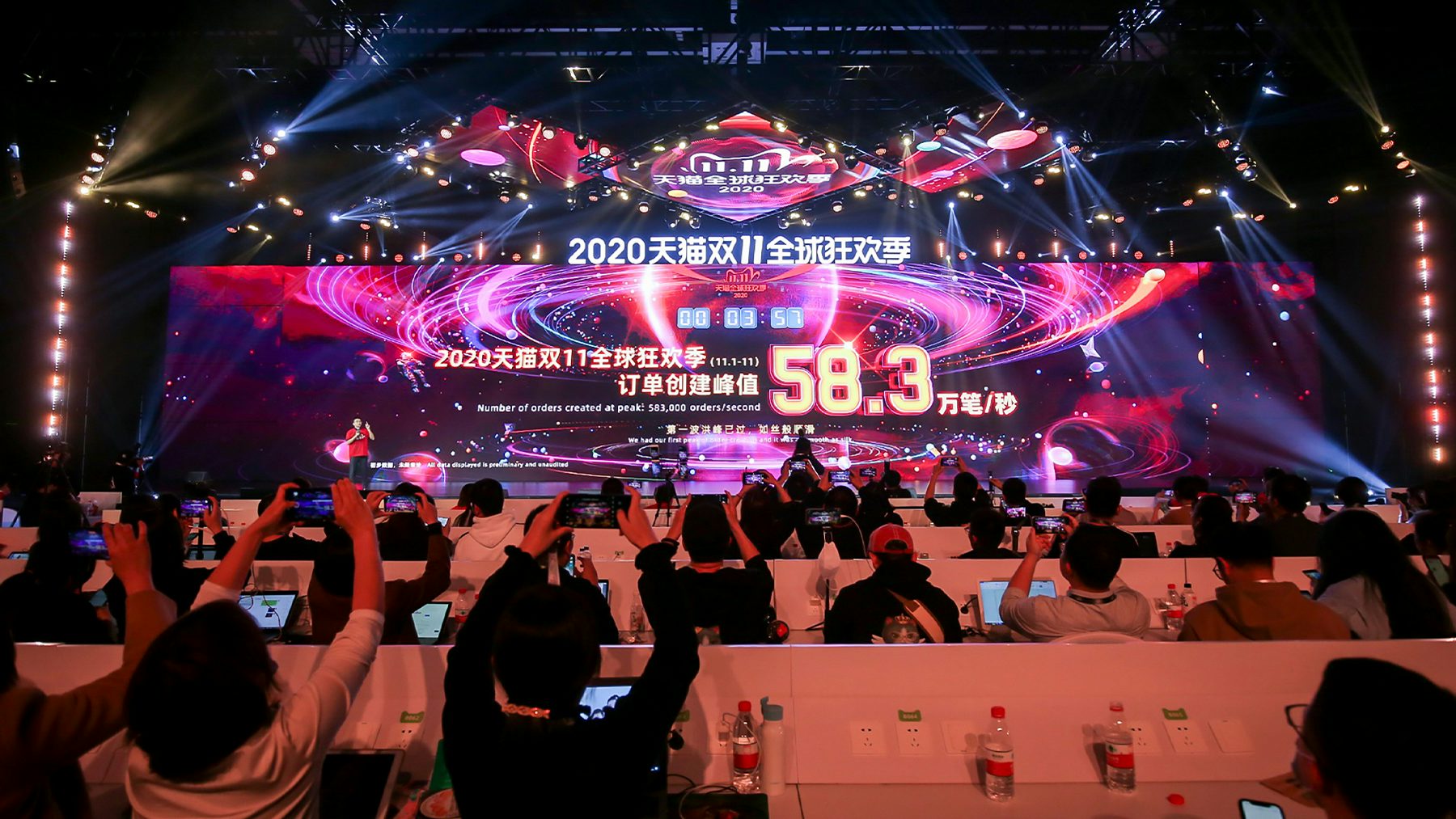The UN COP26 climate summit’s two weeks of sweeping commitments and frenzied negotiations aimed at keeping alive global ambitions to stave off catastrophic levels of climate change ran into overtime Friday.
It’s a looming challenge for the fashion industry, which studies estimate is responsible for between 2 and 10 percent of global emissions and has made limited progress in tackling its impact so far.
The gathering was billed as a high-stakes moment to put the world on a path that could cap global warming at 1.5 degrees Celsius above pre-industrial levels, the limit climate scientists say will be necessary to avoid the worst impacts of man-made climate change. It’s also a target they warn the world has a slim window of opportunity to achieve.
That backdrop made for high drama during the two-week marathon of technical talks and political wrangling. Barack Obama, Leonardo DiCaprio and Greta Thunberg were among the celebrities who spoke during the event in Glasgow, Scotland. Fraught negotiations to hammer out a final agreement dragged on past the summit’s official deadline, but the week did bring some signs of progress. The US and China issued a rare joint declaration to cooperate on climate change; companies and countries pledged to go further and spend more to reduce the use of fossil fuels and protect nature.
On fashion’s side, the UN Fashion Industry Charter for Climate Action upgraded the commitment of its 130 signatory brands to drastically slash emissions by the end of the decade to align with a 1.5C pathway. Under the refreshed charter, signatories must pledge to reach net-zero emissions no later than 2050 and either halve their emissions by 2030 or set science-based targets by the end of 2023. Previously, the charter called on signatories to cut emissions by 30 percent by 2030.
That doesn’t mean change will be even or swift. For fashion, achieving the ambitions laid out at COP will require a wholesale transformation of the way the industry operates.
It would likely require that by the end of the decade, big fashion brands run on renewable energy, coal is eliminated from powering their supply chains and clothes are made from materials that have a net positive impact on the planet and can be recycled an infinite number of times.
That future right now is very far off and won’t happen without significant investment, much more collaboration between companies and across industries, and concerted government intervention.
“It’s important we’re upping the ambition level,” said Textile Exchange chief operating officer Claire Bergkamp. Near term, government action could be the fastest lever for change. “Expecting a business to change in six months isn’t realistic, but policy signs could have a big impact.” More than 50 brands backed a call led by Textile Exchange this week for changes to trade policy that would encourage the use of materials with a lower environmental footprint, like organic cotton or recycled polyester.
But the summit also exposed the scale and scope of the challenges still ahead.
Despite renewed pledges, the world is still on track for temperatures to rise much more than 1.5C, according to analysis from nonprofit Climate Action Tracker, which calculated that countries’ current net-zero targets would still result in heating of 1.8C by the end of the century. That also assumes those pledges are turned into action, but actual concrete plans to cut emissions cover as little as 6 percent of the global total, according to CAT’s analysis of 40 countries responsible for 85 percent of emissions.
In the fashion industry, emissions are currently on track to grow more than 50 percent by 2030, according to estimates in a new report from the Apparel Impact Institute and World Resources Institute.
The global climate gatherings have a mixed track record on driving actual change and Glasgow is a major test of the 2015 Paris Agreement, the last major treaty to come out of a COP.
But while it’s easy to dismiss the summit as another marketing moment for countries and companies to burnish their climate credibility, it would be a mistake to believe business can continue as usual.
For one, climate change presents a growing business risk for the fashion industry. Rising sea levels will threaten thousands of garment factories in the next decade, according to a working paper published earlier this year by Cornell University’s New Conversations Project in the School of Industrial and Labour Relations, while droughts linked to rising temperatures threaten crops like cotton.
Consumers, investors and regulators are also continuing to increase their interest in the topic, and putting pressure on companies to do the same.
“A lot of our industry is so desperately wanting to be relevant and fashionable and connect with Generation X, Y, Z, you know, and it’s the consumer, the next generation of consumer isn’t going to stand for it,” said designer Stella McCartney, a long-time advocate for a more sustainable fashion industry and advisor on the topic to LVMH, on a call from Glasgow. “The more and more they learn about the dirty habits of the fashion industry, the more and more they’re just not going to stand for it.”
THE NEWS IN BRIEF
FASHION, BUSINESS AND THE ECONOMY
Richemont chairman Johann Rupert was seen golfing in St. Andrews, Scotland in September, 2021. Getty Images.
Richemont in ‘advanced talks’ with Farfetch on YNAP spin-out. The Swiss luxury group may bring on Farfetch as a technology partner and minority investor in its loss-making Yoox Net-a-Porter unit, the company said in a statement Friday. The deal could include spinning out e-tailer YNAP with investment from Farfetch alongside other parties, as well as YNAP using Farfetch’s technology systems to transition to a hybrid model that would blend traditional wholesale with a marketplace strategy.
Activist investor Third Point builds stake in Richemont. The hedge fund, controlled by billionaire investor Daniel Loeb, and US-based fund Artisan Partners, is likely to put pressure on the luxury group’s capital structure and lagging online businesses, as shares trailed sector leader LVMH last year.
Tiffany & Co. and Supreme collaborate. After both parties teased news of the partnership on Instagram, Supreme announced details of its “Return to Tiffany” collection tie-up with the American jeweller on Monday. The partnership centres around a version of the brand’s signature heart-shaped pendant, inscribed with the phrase “please return to Supreme.” Supreme also opened a store this week in Berlin as part of its continued retail expansion.
New Ferragamo chief executive to start in January, sales rise in Q3. The Italian luxury group’s sales beat analyst expectations with a 17.4 percent increase as Marco Gobbetti prepares to take the reins at the start of 2022. Revenues rose by 35 percent to €785 million ($907 million), primarily driven by strong growth in the United States in the last quarter.
Burberry’s revenue rebounds from pandemic. The company, which recently poached Versace boss Jonathan Akeroyd to be its new chief executive, reported revenue of £1.21 billion ($1.64 billion) for the six months to Sept. 25, up 45 percent.
Tod’s Q3 rise above pre-Covid levels. Sales rose almost 40 percent, beating market expectations, after a 15 percent third-quarter increase driven by China and the United States. Overall revenues in the period were still 6.9 percent below pre-Covid levels, after the pandemic triggered a revenue drop of almost 33 percent last year.
Mytheresa posts profit, sales growth. The German luxury e-commerce retailer said net sales rose 24.9 percent year-over-year to €157.8 million ($180.6 million), and gross merchandise value increased 29.7 percent for the first quarter ended Sept. 30 2021. Net income was €8.2 million ($9.4 million), up from €5.4 million in the prior year period.
Adidas trims 2021 forecast on sourcing disruptions. Adidas reported third-quarter sales up 3 percent year-on-year at €5.752 billion ($6.65 billion) while operating profit fell 8.5 percent to €672 million, missing average analyst forecasts for €5.83 billion and €682 million respectively. It expects net income in the €1.4 billion to €1.5 billion range.
Tapestry is raising prices. Coach’s parent company is finding success targeting what it sees as a new “white space” in the market: wealthier customers. Coach registered its tenth quarter of average unit retail increases in the three months ending Oct. 2, 2021. Tapestry delivered ahead of expectations and raised its forecast for annual revenue in the year ending June 2022 to $6.6 billion from its previous estimate of $6.4 billion.
Christopher John Rogers and Bode among honourees at 2021 CFDA Awards. The American fashion industry gathered on Wednesday night for an intimate version of the annual CFDA Awards. Other winners included Theopililo’s Edvin Thompson for emerging designer of the year, and Telfar Clemens in the accessories category.
THE BUSINESS OF BEAUTY
Prestige beauty drives rising revenue at Coty. CoverGirl.
Prestige beauty drives rising revenue at Coty. The beauty giant, which owns labels including CoverGirl and Kylie Cosmetics, as well as the beauty licenses for luxury brands such as Gucci, saw its revenue increase 22 percent in the first quarter of its 2022 fiscal year, which ended Sept. 30. In e-commerce, revenue increased 23 percent.
Indian beauty start-up nears $13 billion valuation in debut. Nykaa’s offering last week drew bids worth $32.55 billion as it was oversubscribed by nearly 82 times, signalling strong investor demand for a start-up.
Olaplex sales up 80 percent in first quarterly earnings. The hair products maker — which fetched a valuation of more than $13.6 billion in an upsized initial public offering on Sept. 30 — posted net sales of $161.6 million and almost doubled its net income at $56.6 million. Olaplex projected net sales for the fiscal year between $580 million and $588 million, and adjusted net income between $263 million and $268 million.
Shiseido bets on Southeast Asia, China, for global sales boost. As well as long-time stronghold mainland China, the Japanese beauty giant is counting on Southeast Asian markets to help it reach its 1 trillion yen ($8.9 billion) global sales target by 2023, Nikkei Asia writes.
PEOPLE
Designer Daniel Lee is exiting Bottega Veneta, owner Kering said in a statement Wednesday, a surprise move the group described as a “joint decision.” Tyrone Lebon.
Daniel Lee exits Bottega Veneta. The designer’s singular brand of pared-back sensuality reinvigorated sales for the logo-free Italian house, whose owner Kering described the move as a “joint decision,” in a statement Wednesday. A new creative organisation for the brand will be announced soon, Kering said. It is unclear what Lee’s next move will be.
Ana Andjelic leaves Banana Republic. The former chief brand officer is departing after just nine months at the long-struggling Gap-owned retailer where she led Banana Republic’s attempts to differentiate itself among a crowded field. In an email to BoF, Andjelic said she is interested in leading luxury fashion’s digital revolution around blockchain, cryptocurrency and NFTs.
Pierre A. M’Pelé, also known as Pam Boy, named head of editorial content at GQ France. The writer will succeed Olivier Lalanne in leading the Paris-based edition of the Condé Nast men’s magazine as part of its new consolidated global structure.
MEDIA AND TECHNOLOGY
Brands rake in millions as Alibaba Singles’ Day posts record sales. Getty Images.
Alibaba Singles’ Day posts record sales. The e-commerce company’s shopping festival posted record sales of 540.3 billion yuan ($84.5 billion), a boost for the firm following a year of heightened regulatory scrutiny.
YouTube’s shift to shopping destination starts this Christmas. The Google-owned video company will host a week-long livestreaming event where select social media stars will sell their own merchandise and brand name products directly on the platform.
Acne Studios relaunches Acne Paper magazine. After a seven-year hiatus, the Swedish label is re-launching its print magazine with founding editor Thomas Persson and a greater focus on politics.
Compiled by Joan Kennedy.



